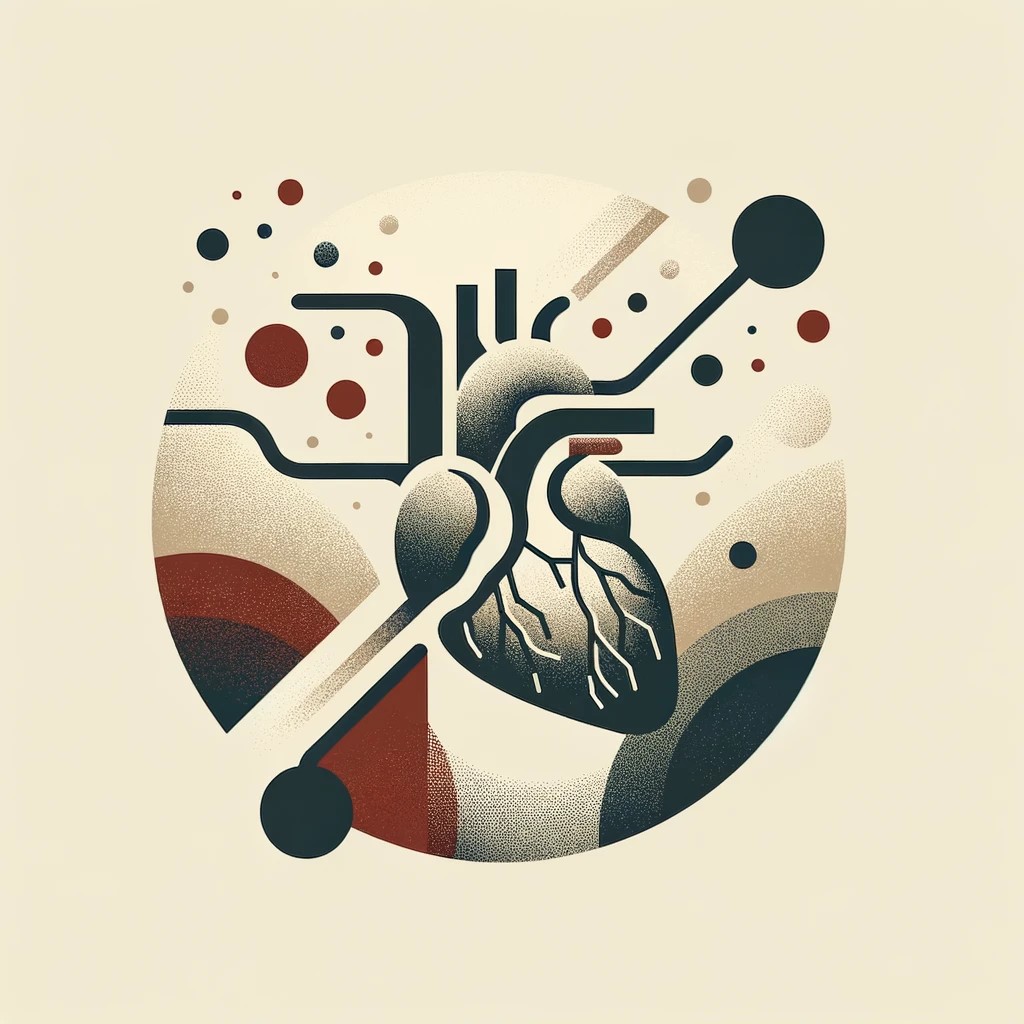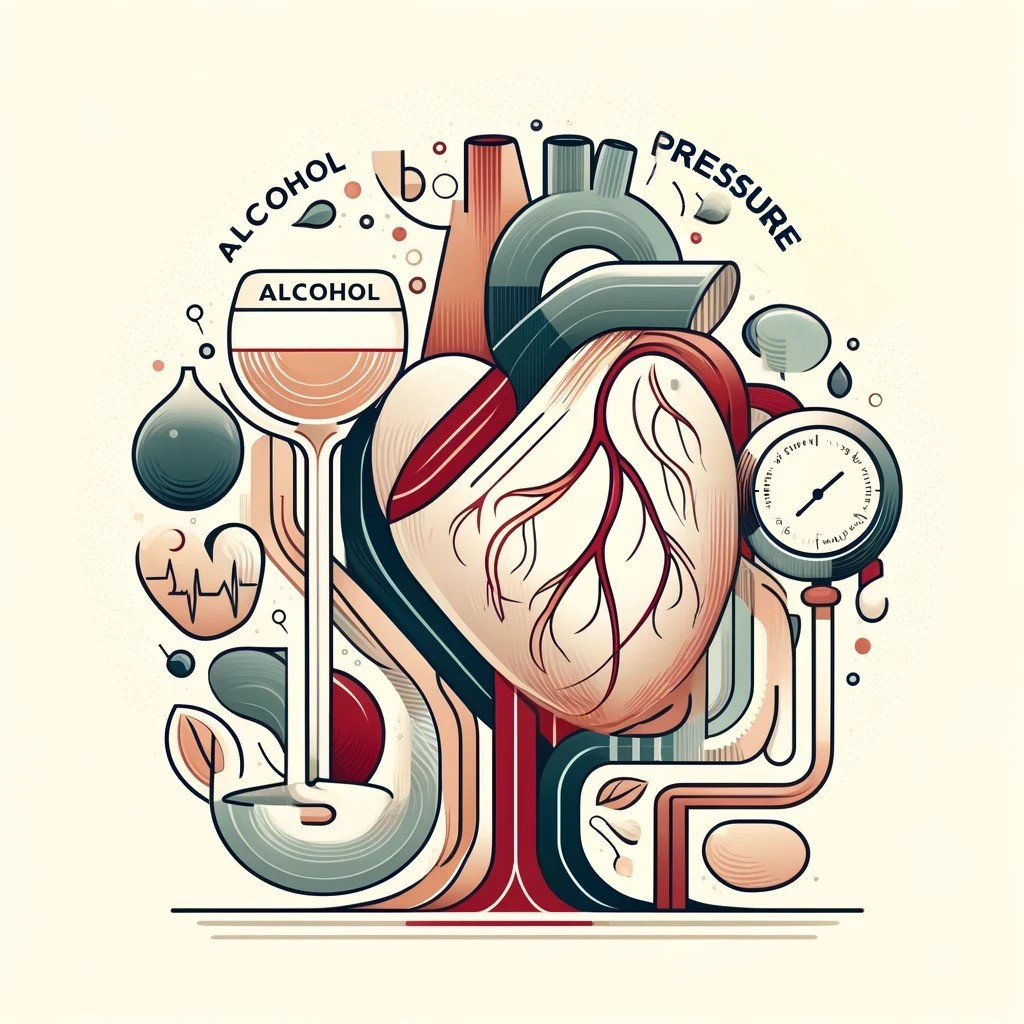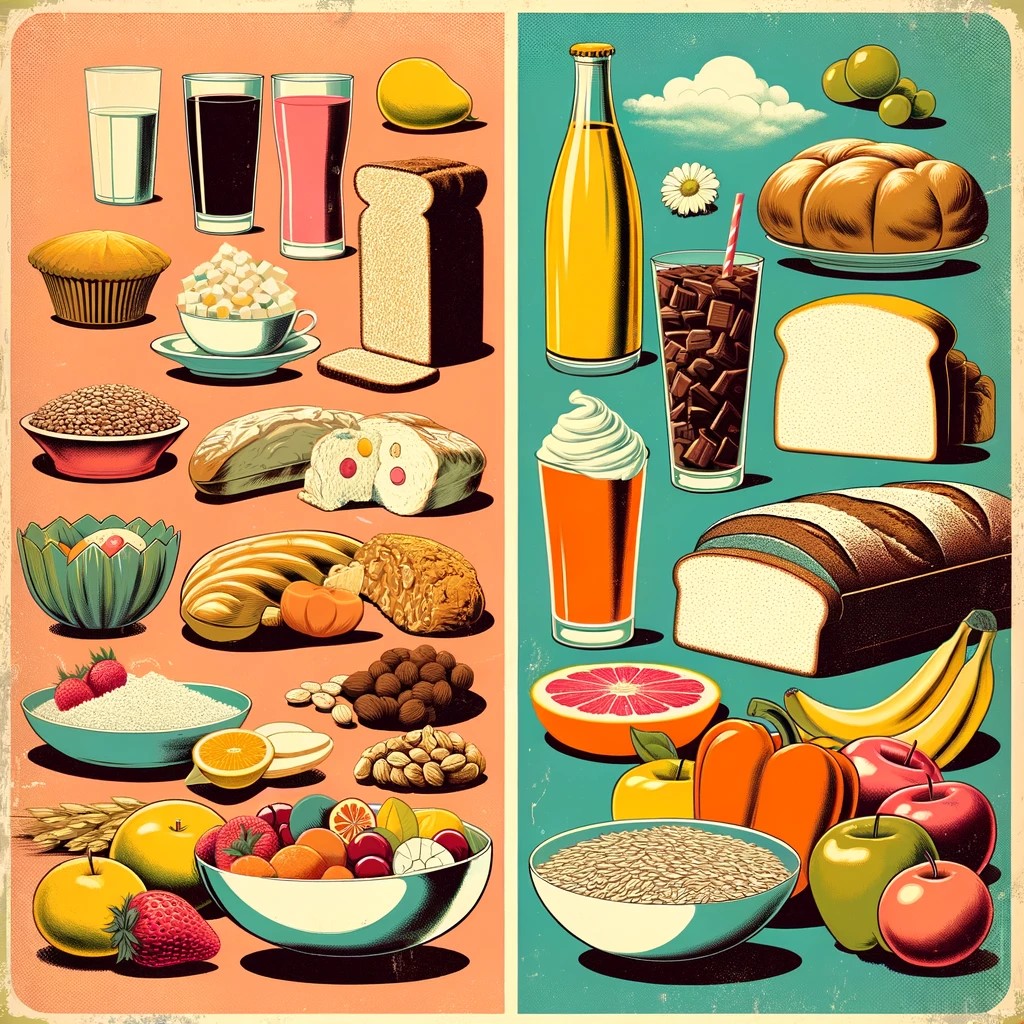Maintaining optimal blood pressure is crucial for preventing serious health issues such as coronary disease and stroke, particularly as the risk escalates with each increase in blood pressure levels above the standard 115/75 mmHg. Gaining an understanding of how lifestyle factors, particularly alcohol consumption, influence blood pressure is essential for effective health management and risk mitigation.
The AHA study underscores a significant link between regular alcohol intake and an increase in blood pressure, even among adults who are not diagnosed with hypertension. On average, daily consumption of 12 grams of alcohol can lead to a 1.25 mmHg increase in systolic blood pressure compared to non-drinkers. More dramatically, consuming 48 grams of alcohol per day can raise systolic blood pressure by as much as 4.90 mmHg.

In the United States, what is considered a “standard” drink contains about 14 grams of pure alcohol. This amount of alcohol is typically found in 12 ounces of beer with a 5% alcohol content, 5 ounces of wine at 12% alcohol, or 1.5 ounces of distilled spirits, which is approximately 40% alcohol.
The implications of these findings are noteworthy, as various studies call attention to the importance of maintaining a healthy blood pressure. Studies have shown that reducing systolic blood pressure by just 5 mmHg can lower the risk of major cardiovascular events by 10%, and a reduction of 10 mmHg can double these preventative benefits.
As we continue to aim for effective prevention and control of hypertension, recognizing the impact of alcohol on blood pressure is key. This knowledge equips us to make informed decisions about our drinking habits to optimize our cardiovascular health and longevity. Understanding these dynamics helps not only in personal health management but also informs public health strategies aimed at reducing the prevalence of hypertension and its associated health burdens.


